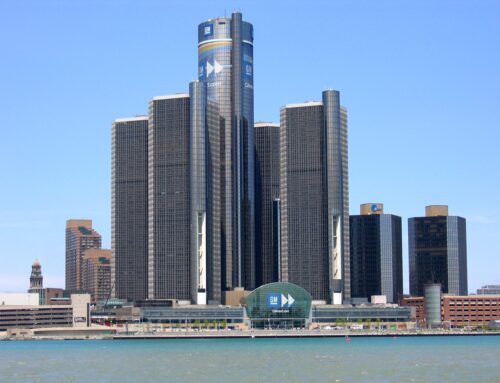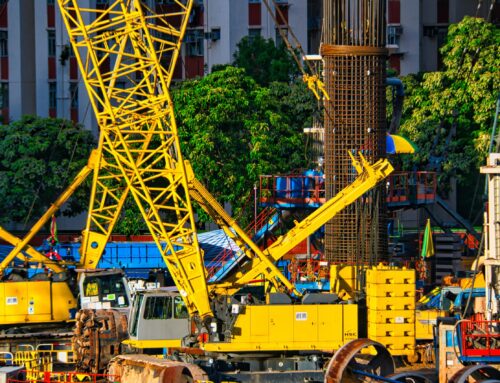Description and Details
This dissertation discusses the unique challenges and struggles faced in Southern communities, choosing East Tampa as a case study, of stormwater management due to the prevalence of tropical storms and hurricanes in these areas. Specifically, it details how the areas where these challenges are the hardest may intersect with areas of these communities with a high African American population. It also discusses environmental engineering management as a whole, though it goes into particular detail about stormwater management. While the paper mostly focuses on East Tampa, it also goes into detail about Washington D.C.; Atlanta, Georgia; and an area not in the South at all, Portland, Oregon. A key event that this dissertation references is how this intersection has disproportionately affected communities in the past with Hurricane Katrina.
The study references that communities of color, particularly African American communities, are more likely to experience the effects of climate change directly due to exposure to stressors such as air and water pollution. The goal of this paper and its research, specifically, was to “analyze the relationship between stormwater management best practices and environmental justice in US cities”. This study also uniquely chose to integrate critical race theory into its discussions.
East Tampa, in particular, is a majority-black community. The study goes analyzes the various investments made in the community of East Tampa, pointing out that most investments were made into infrastructure projects, including stormwater revitalization. It mentions a needs assessment conducted in East Tampa, connecting this needs assessment with relevant environmental engineering design principles.
East Tampa as an area has struggled with stormwater management, being located in a particularly flood-prone area. As such, various projects have been conducted over the years to address this issue, including working on various stormwater ponds in the area. The study analyzes these ponds for sustainability and the public perception of these ponds.
CEE subjects: Construction Engineering and Management, Environmental Engineering, Water Quality and Health, Earth Systems, Environmental Fluid Dynamics, Environmental Policy and Sustainable Infrastructure
Discussion Questions
- Why was East Tampa chosen as a case study? Was it chosen due to its suitability or due to researcher bias — and if it was researcher bias, what should have been done instead?
- This dissertation mentions the difference between Sustainable Development Goals and Environmental Justice Principles — are these goals and principles realistic and possible to achieve? If not, should they be adjusted or changed, and in what ways?
- Do you think in depth analysis of communities and respective engineering management practices are useful? How can we use the information gained in this study for future engineering projects?
References
- Peer reviewed articles




Leave A Comment